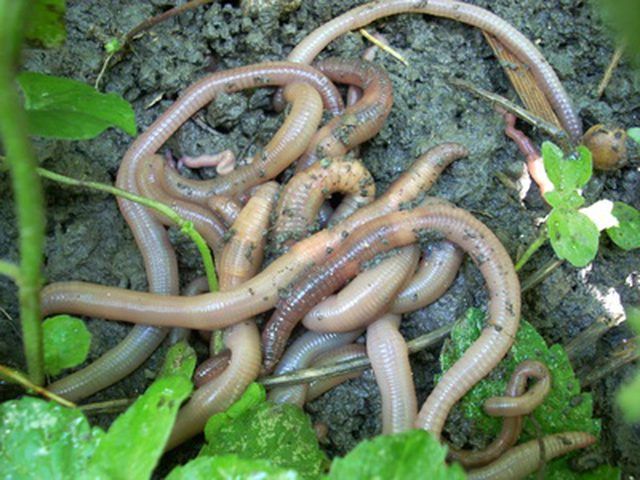Bulbs
Flower Basics
Flower Beds & Specialty Gardens
Flower Garden
Garden Furniture
Garden Gnomes
Garden Seeds
Garden Sheds
Garden Statues
Garden Tools & Supplies
Gardening Basics
Green & Organic
Groundcovers & Vines
Growing Annuals
Growing Basil
Growing Beans
Growing Berries
Growing Blueberries
Growing Cactus
Growing Corn
Growing Cotton
Growing Edibles
Growing Flowers
Growing Garlic
Growing Grapes
Growing Grass
Growing Herbs
Growing Jasmine
Growing Mint
Growing Mushrooms
Orchids
Growing Peanuts
Growing Perennials
Growing Plants
Growing Rosemary
Growing Roses
Growing Strawberries
Growing Sunflowers
Growing Thyme
Growing Tomatoes
Growing Tulips
Growing Vegetables
Herb Basics
Herb Garden
Indoor Growing
Landscaping Basics
Landscaping Patios
Landscaping Plants
Landscaping Shrubs
Landscaping Trees
Landscaping Walks & Pathways
Lawn Basics
Lawn Maintenance
Lawn Mowers
Lawn Ornaments
Lawn Planting
Lawn Tools
Outdoor Growing
Overall Landscape Planning
Pests, Weeds & Problems
Plant Basics
Rock Garden
Rose Garden
Shrubs
Soil
Specialty Gardens
Trees
Vegetable Garden
Yard Maintenance
Food Web of the Deciduous Forest
Food Web of the Deciduous Forest. Deciduous forests are dominated by broad-leaved trees that annually drop their foliage for part of the year, whether cold winter or parched dry season. The food web of such an ecosystem describes the transfer of energy from producers to consumers to decomposers.
Deciduous forests are dominated by broad-leaved trees that annually drop their foliage for part of the year, whether cold winter or parched dry season. The food web of such an ecosystem describes the transfer of energy from producers to consumers to decomposers.
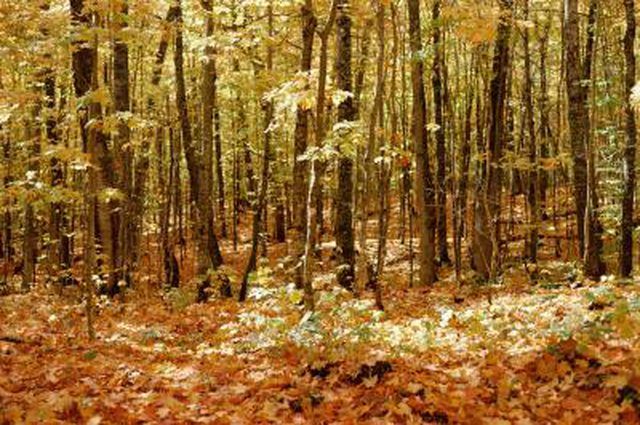
A great array of producers in the deciduous forest do the work of converting sunlight to usable food energy. Along with bacteria, plants are the major producers in this ecosystem, from groundcover herbs to towering maples, beeches and other broad-leaved trees.
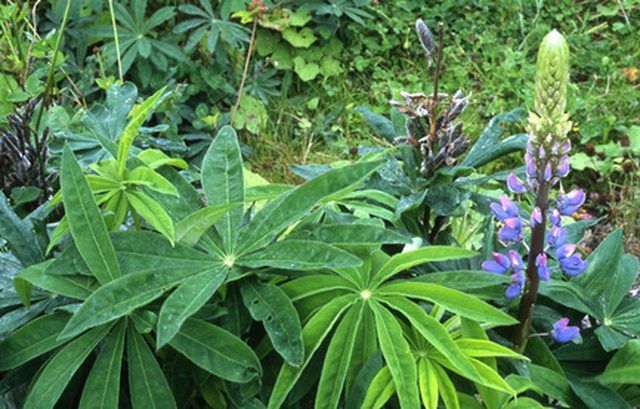
Herbivores are primary consumer, that is they eat the producers. In a typical deciduous forest of the Northern Hemisphere, they include rodents, like mice and voles, hoofed mammals, like deer and moose, lagomorphs, like rabbits, and a host of seed- and nut-eating birds.
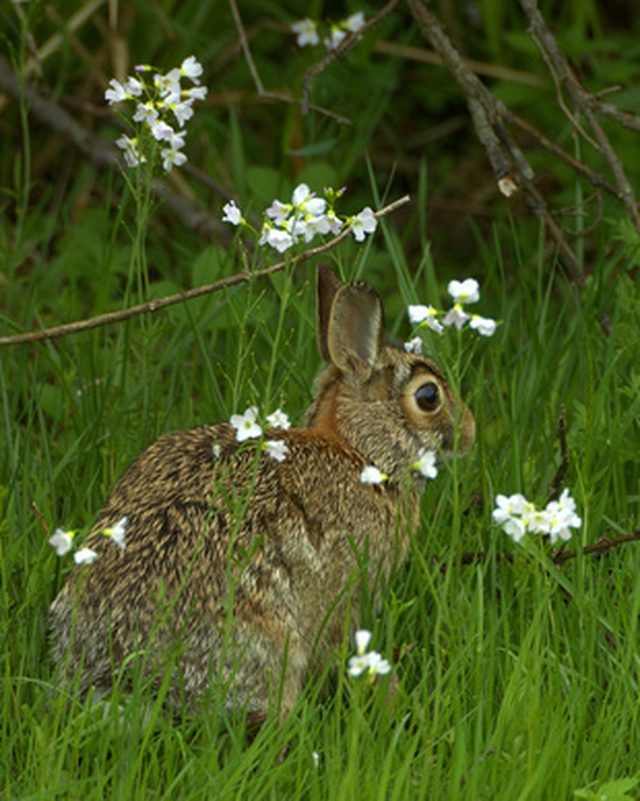
These herbivores are, in turn, hunted and eaten by secondary consumers, the predators of the deciduous forest. Depending on the part of the world, these might include gopher snakes, horned owls, coyotes, lynx or even Amur tigers, which fell deer and boar in deciduous woods of the Russian Far East and adjoining China.
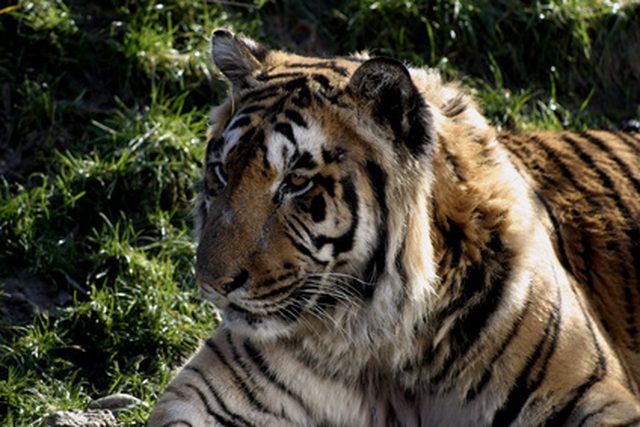
Various kinds of fungi, soil bacteria and invertebrates are only a few of the deciduous forestís decomposers, those that break down organic matter. Even a secondary consumer, like a red fox or a goshawk, will eventually be processed by these essential organisms.
